From salsa-filled nights to desert adventures and colorful festivals, it’s an experience like no other!
I spent a year travelling the Gringo Trail through South America and Central America, starting in Mexico and ending my trip in Brazil. I’ve since gone back to revisit specific sections of this epic route.
I can honestly say it’s really one of the best multi-country travel routes in the world — and you may well come back from it a changed person!
These are my tips to have the best possible experience on the Gringo Trail.
What is the Gringo Trail?
The Gringo Trail is a popular long-term travel route covering 13+ countries throughout Central and South America. It is one of the all-time classic travel routes thanks to good tourist infrastructure, budget-friendly destinations, and a huge variety of sights.
This trail offers so many activities that are bound to make your journey unforgettable. From hiking Machu Picchu in Peru, visiting coffee farms in Colombia, or taking an expedition to Bolivia’s majestic salt flats — it really is a once-in-a-lifetime trip.
What is the reason for the name?
The term “Gringo” is a slang word for “foreigner,” usually reserved for white people. Sometimes it refers specifically to foreigners from the United States while other times it can mean foreigners from anywhere.
Due to the popularity of this route among foreigners from around the world, it has become known as the “Gringo Trail.”
Is there an official route?
No, the term Gringo Trail is just what people started calling this Latin American journey. It just so happens that most people visit the same stops along the way, but the route is definitely not set in stone!
It follows (very roughly) the Pan-American Highway that runs along the Pacific side of Central and South America. Some backpackers travel the whole way, but of course, it’s also possible to travel a section of it.
One of my favorite things about the Gringo Trail is the flexibility in your schedule. You can choose to follow a more traditional route from the top of South America to the bottom, jump around from country to country, or explore less-visited destinations within a country.
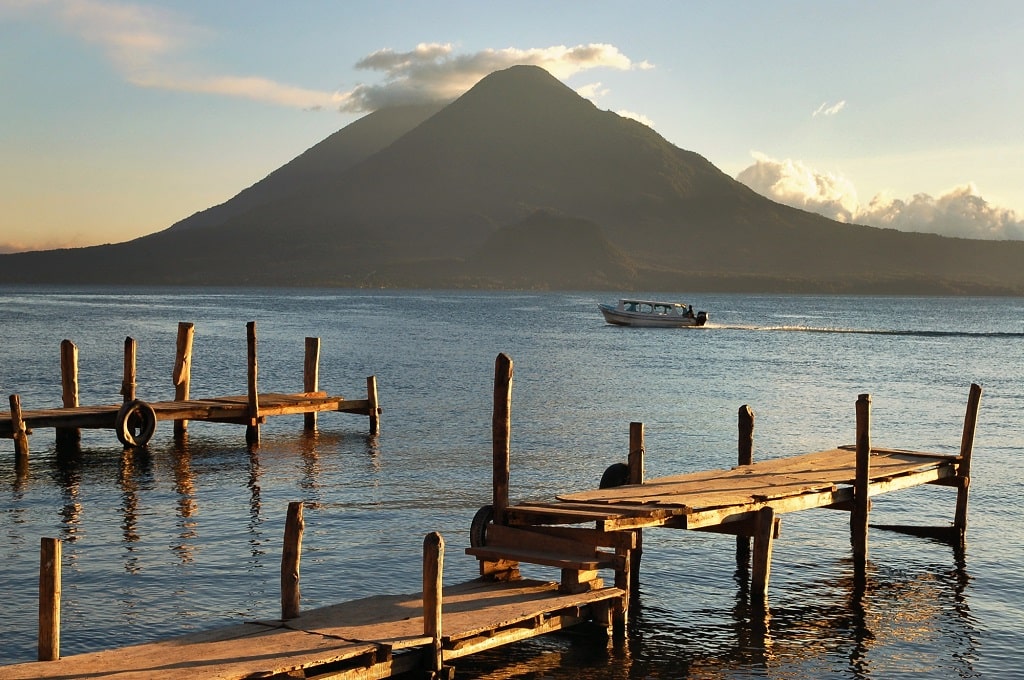
Where to Go
While some people have the capacity and time to travel the continent from top to bottom, not everyone has that luxury.
If you’re looking for a shorter South America Gringo Trail route, consider a combination of Peru with Bolivia, or Colombia with Ecuador. In Central America, Costa Rica and Nicaragua make a really great pair (just watch out for the high costs in Costa Rica), as do southeast Mexico and Guatemala.
If you’re looking for a more bite-size adventure or want to have a taste before deciding to do the whole thing, these countries along the Gringo Trail are often listed as favourites and make for excellent first-time backpacking destinations.
Peru
If you’re looking for an action-packed trip, then Peru should be at the top of your list. Home to the ruins of Machu Picchu, Peru is also known for its vibrant culture, architecture, and cuisine. Don’t miss the chance to explore the Sacred Valley or take a boat ride along the Amazon River.
Ecuador
For a more relaxed vibe, head to Ecuador. With colonial towns like Quito, pristine beaches and lush rainforests, there’s something for everyone in this diverse country. Being relatively smaller, easy to reach, and using the US dollar, can make this a great beginner country. Trips to the Galapagos Islands can be expensive, however.
Guatemala
Many backpackers consider Guatemala their favorite in Central America, having an adventurous flavor, budget-friendly prices, and with tourism not being as developed as in Costa Rica or Mexico. Don’t miss the stunning Lake Atitlan, the chance to hike up several epic volcanoes, or the well-preserved colonial town of Antigua.
Colombia
If you’re looking for vibrant culture, stunning beaches, and fun nights out, then Colombia should be on your list. Not only will you get to explore some of Latin America’s most vibrant cities like Bogota and Medellin, but you’ll also get to experience traditional Colombian life in the pueblos in the countryside. Some regions still have security issues, but most of the country is great for first-timers (in particular the northern parts of Colombia).
Argentina
No South American journey would be complete without a visit to Argentina. From the colorful city of Buenos Aires to the incredible Iguazu Falls, Argentina is home to some of the continent’s most stunning sites. Don’t forget to try a steak dinner at one of the many parrillas. The vibe is very European in Argentina, though prices are incredibly low, and the scenery is often out-of-this-world, particularly in the Patagonia region.
Central vs. South America
The Central America Gringo Trail covers Mexico (which is technically in North America), Guatemala, Belize, Honduras, El Salvador, Nicaragua, and Costa Rica.The South America Gringo Trail winds its way through Peru, Ecuador, Colombia, Bolivia, and Argentina — with some making a few final stops in Brazil.
If you don’t have the time to do both routes then it comes down to personal preference.
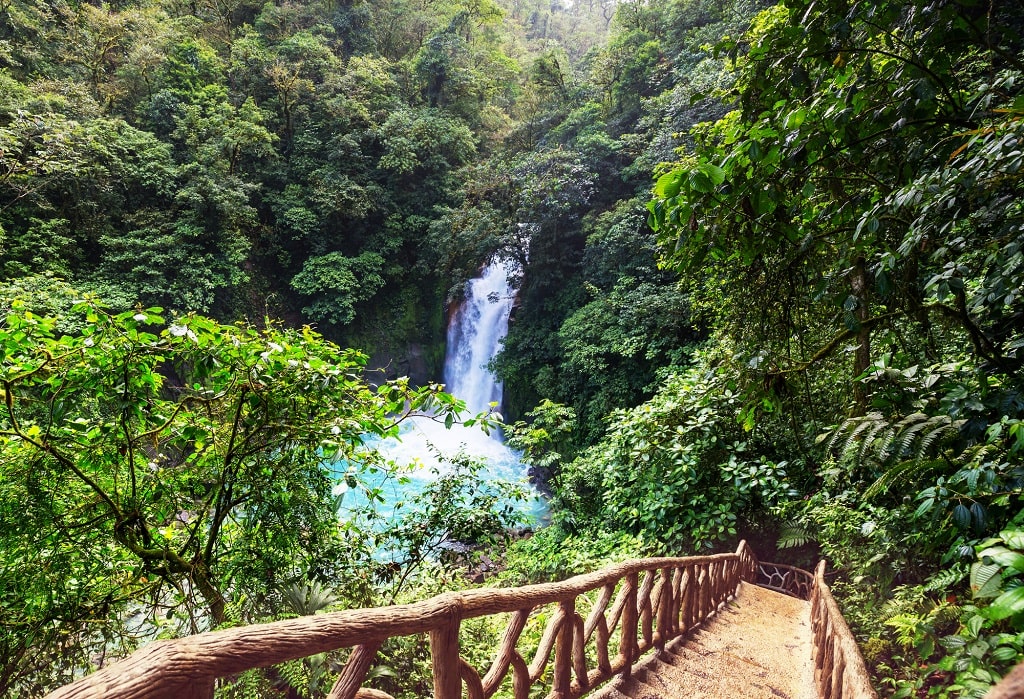
Central America has the benefit of being a lot more compact and having shorter travel times. South America can often be more ‘epic’ in scale and its capital cities tend to be more interesting and cultural than in Central America (Mexico City being the major exception). Both Central and South America have epic jungles, gorgeous beaches, ancient ruins, and other interesting sights.
Either way, you’ll have a great experience anywhere. If possible, you can combine the two routes. Maybe you start in Nicaragua and end in Bolivia — it’s all up to you.
Time Needed
Because this isn’t a precisely defined trail, you can adjust how long it takes based on how much time you have.
At least 8 to 10 weeks will be a great timeline because it gives you enough time to explore a few countries at your own pace.
However, you’ll also find plenty of gap year and career break travellers doing the whole enchilada.
If you wanted to do the Gringo Trail from top to bottom, I’d say you need 6 months or more to have time to explore each country, particularly if you want to venture off the beaten track and travel around. Personally, it took me a year while taking it slow. Of course, it all depends on how quickly you move and what type of experience you are looking for.
If you’re going for a longer trip, keep in mind that you might also need some proper downtime every now and then. About 3 months in I definitely started to feel weary and decided to just stay in one place for a month to recover my energy. A break in your journey can be a great time to learn some Spanish or to consider doing some volunteering.
Budget for Gringo Trail
The Gringo Trail doesn’t have to be an expensive journey, though depending on your travel style you can make it as luxurious or as budget-friendly as you like.
In general, though, I’d recommend budgeting around $40 USD per day on average. That’s if you’re staying in hostels with shared bathrooms, eating local food and only taking public transport. If you’re planning on staying in private rooms or splurging on nicer restaurants then you might want to add an extra $20 to $30 USD per day to your budget.
You can find more details in my cost of travel overviews for South America and for Central America.
The costs can vary hugely depending on your activities. For instance, consider a bigger budget for hiking up Machu Picchu (which requires a tour) or heading to the Galapagos (which typically involves an expensive cruise). Meanwhile, spending a week at a Colombian beach or in a rural coffee town in Bolivia can be very cheap indeed.
In the end, it all depends on what you’re planning to do — but with a little bit of research and careful budgeting, you can enjoy the Gringo Trail without breaking the bank.
If you’ll travel long-term, you can often get your average daily spend down quite a bit, as you can travel more slowly, get to find cheap local restaurants, do more free activities, and spread the paid activities around quite a bit more. On the other hand, if you have just one month, you will probably want to go full speed ahead and pack your days full of (paid) activities, which will raise your average spend.
Transportation Methods
Buses are by far the most popular way to get around in Central and South America. In most countries you can find both local and coach buses, the former being the cheapest option, the latter being a lot more comfortable. (There generally aren’t many trains in Latin America, apart from some tourist trains on a few short routes.)
In smaller towns and islands it’s often necessary to take collectivos (shared taxis) to get around, and this can be a great way to interact with locals. In some countries, you may also find ferries or other modes of public transport.
Not all tickets can be bought online, especially not when it comes to local buses. But one of the best places to check for booking tickets for coaches, ferries, and other modes of transport is 12Go.
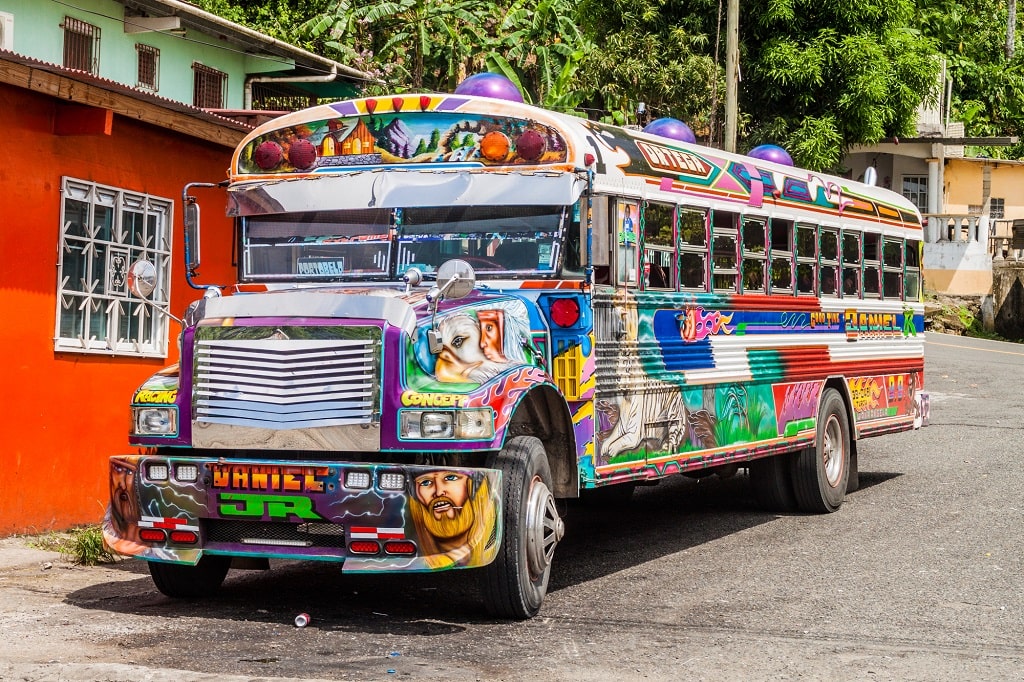
If you are traveling solo there is almost always someone going the same direction as you and you can arrange a ride share. It’s common for travelers to stay in hostels as well, which can provide great opportunities to meet people and find travel partners.
Lastly, you can fly. Flying will be more expensive than taking the bus, but it can sometimes save you a lot of time. And sometimes the flights aren’t that much more expensive, especially if you’re traveling within the same country.
Budget flights between countries in Latin America can be hard to find sometimes. But within country borders, you can often more easily find cheap domestic flights. In Colombia, you can catch a flight from Bogota to Cartagena for around $50 while a bus is around $30… and takes numerous hours longer. Just make sure to read the fine print when booking tickets as they can really get you with the luggage prices.
Keep in mind there are no roads between Panama and Colombia. You’ll either have to take a boat or fly across.
Starting Point
A popular option is to start from Mexico as this will allow you to explore Central American countries such as Guatemala and Costa Rica before heading south.On the other hand, some may choose to begin their journey from Colombia or Brazil — two countries that offer some of the most diverse landscapes and cultures in South America. Both countries are home to stunning beaches, lush rainforests, and incredible colonial cities.
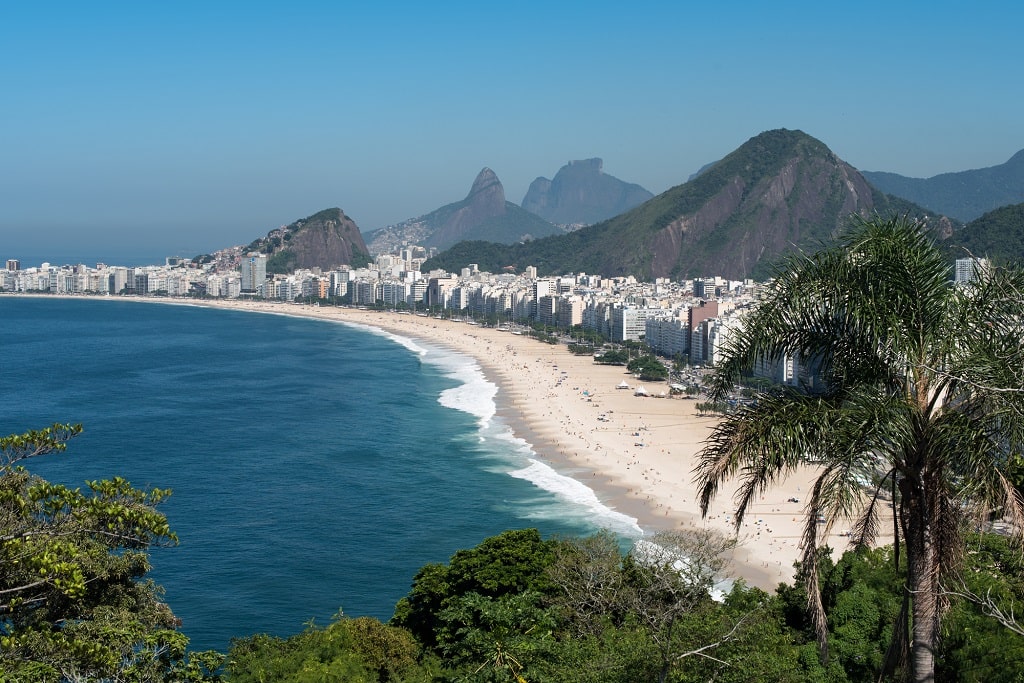
A huge deciding factor will be your international flight. If it costs twice as much to fly into Colombia vs Panama then you should obviously consider starting your trip in Panama.
Don’t miss my tips for finding the cheapest flights. With such a big continent and if you’re flexible with your starting point, there’s bound to be a great deal on airfare somewhere.
The last thing to think about when it comes to where you’re starting and where you’re ending is the time of year you’re going. Depending on the season, some places may be too hot or too wet to make it enjoyable. No one wants to end up hiking Machu Picchu in the rain or freezing to death in Patagonia!
Countries to avoid at certain times of the year
If you’re doing the full Gringo Trail then it may not be possible to be everywhere at the ‘perfect’ time of the year. There’s simply no way to make all the puzzle pieces fit exactly right.
But for your first destination(s) it makes sense to avoid at least the worst times of the year, so you kick off your trip on the highest note possible.
For instance, Colombia should be avoided during the rainy season (August-September). During this time many roads and attractions can become impassable due to flooding and landslides, making travel potentially more difficult. Starting in Peru around this time would be better. It will be colder, but the rains will have subsided and you will have mostly sunny days everywhere except Lima.
It’s also best to avoid Bolivia in the winter months (June-August) as temperatures can drop very low at night, especially at the high elevations of La Paz or Potosi.
If you plan to take a journey from August until mid-November, the Caribbean is especially vulnerable to hurricanes during this period. Hence, it would be best not to start your trip in Mexico but instead begin in South America and make your way north. You’ll likely arrive in Mexico during the high season and can enjoy its beautiful calm blue waters.
If you are planning a trip to Patagonia, it is best to avoid visiting between June and August as the temperatures during this period can be extremely cold. Furthermore, some of the main trekking attractions, such as Torres del Paine will be closed due to inclement weather conditions.
Instead, enjoy some mild weather in the Galapagos and make your way down the continent to hit Patagonia in the southern hemisphere’s summer.
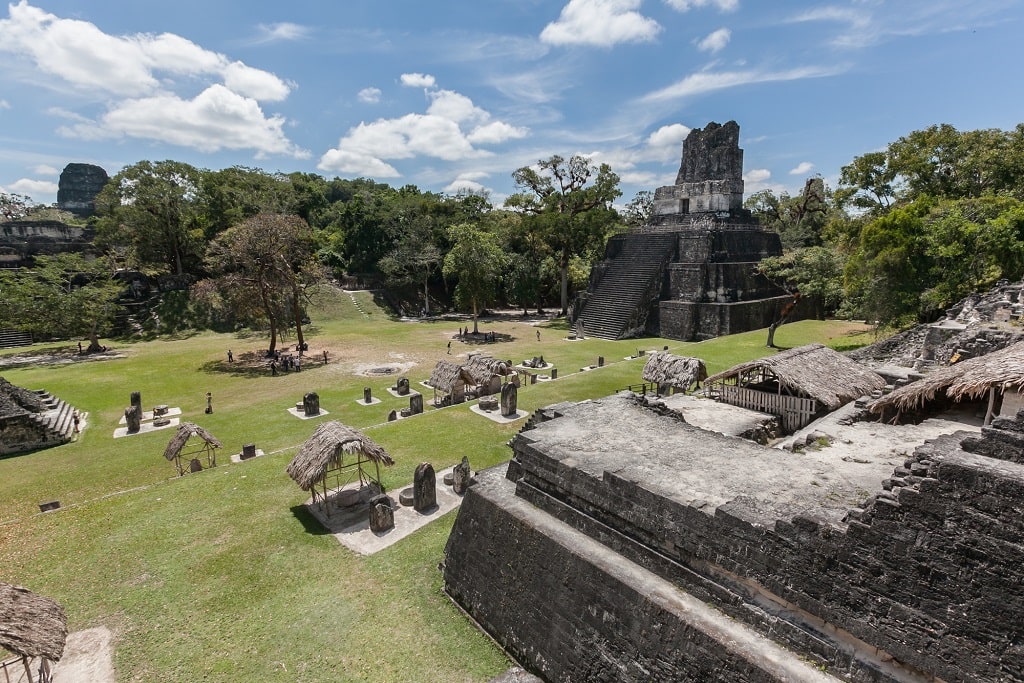
Must-Stops
No matter where you start, there are a few locations that should definitely be on everyone’s Gringo Trail Bucket List.
Here are a few places…
South America Must Stops:
- Cartagena and Medellin, Colombia
- Galapagos Islands, Ecuador
- Machu Picchu, Peru
- Amazon Rainforest, Colombia/Ecuador/Peru/Bolivia
- The Salt Flats of Bolivia
- Iguazu Falls, Brazil/Argentina
- Rio de Janeiro, Brazil
Central America Must Stops:
- The Yucatan Peninsula, Mexico
- Lake Atitlan, Guatemala
- National parks in Costa Rica
- Tikal, Guatemala
- Ometepe / Lake Nicaragua, Nicaragua
- Bocas del Toro, Panama
Where to meet other travellers
Regardless of where you are on the route, you will surely run into other travelers, meaning you’ll never lack company or a shoulder to lean on.
Since the Gringo Trail is a classic backpacker route you can easily meet other travellers (if that is what you seek). Solo travelling in particular can have its challenges, but much less so when you can easily team up.
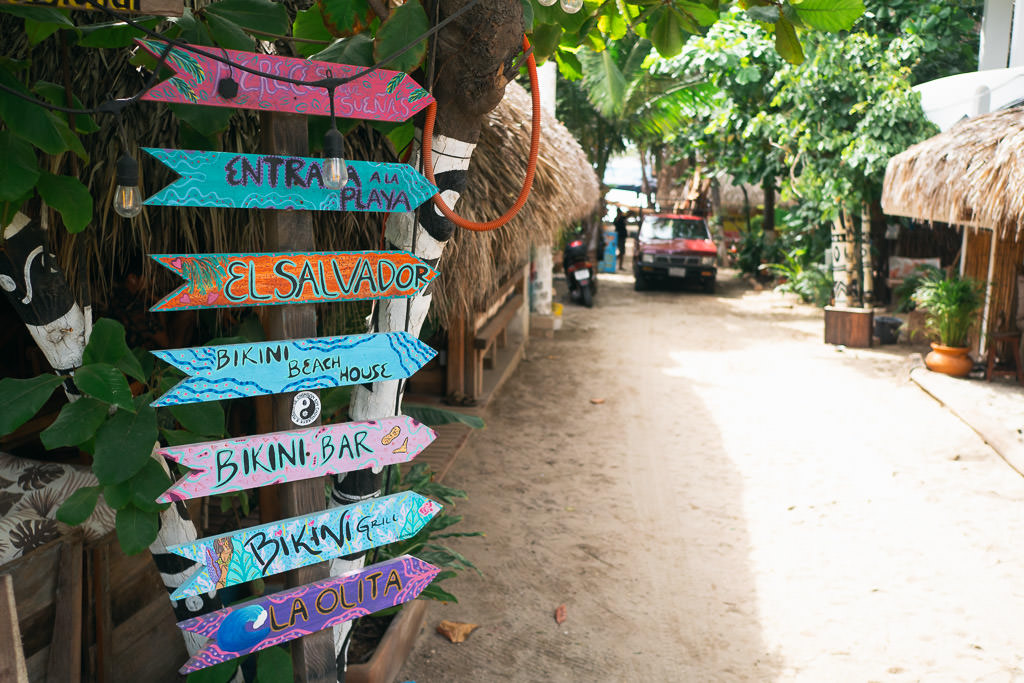
Many stops along the Gringo Trail have become “traveller hubs” in that they allow you to use them as a base for sightseeing, or they are just popular places for backpackers to stay a bit longer, offering more opportunities to mingle.
Here are a few examples:
- Puerto Escondido, Mexico—This place is a great surf town that has many hostels and bars close by to each other. There is a strong backpacker scene and it’s easy to meet people here.
- Utila, Honduras—everyone is getting scuba diving certification at a low cost there. A great place to hang out for a while.
- Lake Atitlan, Guatemala—This lake has been called one of the most beautiful in the world and it’s no surprise why. There are several towns around the lake, each catering to a different audience, so if you choose the right town you’ll easily find like-minded people. Don’t miss our guide to town-hopping on Lake Atitlan.
- Bocas Del Toro, Panama—This spot is great for partying, chilling on the beach, or going on snorkeling trips. There are several legendary hostels here that have their own slides into the ocean or are located deep in the jungle.
- Medellin, Colombia—It’s one of the most popular cities for backpackers and it’s easy to see why. The city offers a great mix of culture, food, nightlife, and adventure activities all within short distance from each other. There are many great backpacker hostels in Medellin that make teaming up with other travellers very easy.
- Banos, Ecuador—Another great spot located in the heart of the Andean Mountains. It’s a great place to pick up some Spanish while doing adventure activities and meeting other like-minded travelers.
- Cusco, Peru—A great destination for those looking for culture and adventure. It’s the gateway to Machu Picchu and many hostels, bars, and restaurants cater to backpackers. While Machu Picchu is clearly the main attraction, there are many less obvious sights in Cusco to keep you there longer.
No matter what your travel style is, you’re sure to find new friends from all over the world along the Gringo Trail!
Some links may be affiliate links, meaning I may earn commission from products or services I recommend. For more, see site policies.
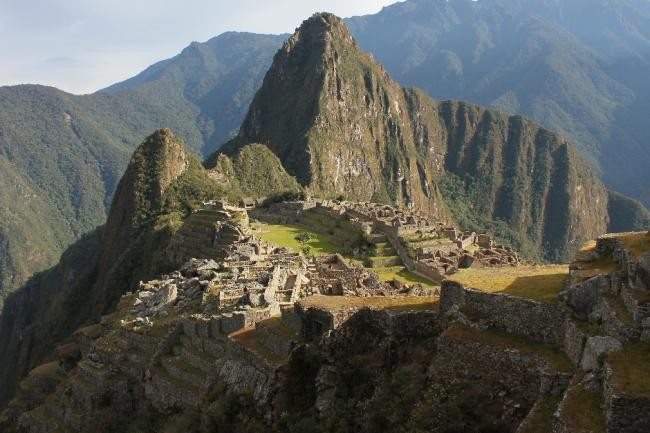
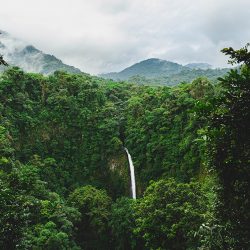
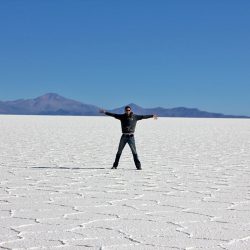




0 comments
Leave a comment
Your email address will not be published. Comments are manually moderated.